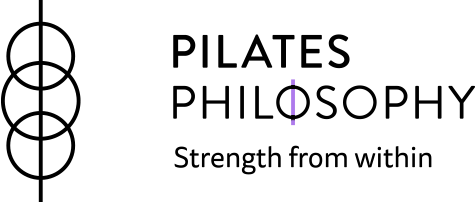About Pilates
The Principles
Pilates is a movement method founded by Joseph Pilates and was original known as ‘Contrology’. Joseph believed that in order to achieve the perfect balance of strength and flexibility, the mind and body must be trained together.
When he died in 1967 he left behind a legacy of students that trained alongside him, and they have since gone on to develop his method, adapting it as knowledge evolves of the body and according to changing lifestyle demands.
While there is many version of Pilates, 8 basic principles have been established across all disciplines. An understanding of these is essential to truly adopting the method and practicing effectively.
Alignment – refers to the importance of ensuring that each joint is correctly aligned in order to accurately work the desired muscles efficiently. Regular practice will improve your own body alignment awareness.
Breathing – Pilates uses a lateral thoracic breath. The breathing patterns are essential to facilitating movement, aiding stability and creating flow between repetition. It is also an important part of relaxing and focusing the mind.
Concentration – brings the body awareness and focusing of the mind together. Pilates requires you to work with precision and to be mindful of the movement you are making and what you are seeking to achieve.
Centering or Core stability – this is the ability to isolate movement, holding one part of the body stable so that another part can move effectively. Centering is a dynamic process, as whilst restricting unwanted movement you are creating control and flow.
Co-ordination – learning the sequence of movements and the control required to execute them trains the body and mind to improve overall co-ordination.
Flow – as strength and mobility improves, our goal is to move with increasing grace and ease within each sequence. Movement is always dramatic and challenging but equally light and fluid.
Stamina – with regular practice the body will start to release tension and inefficient movements, allowing muscles to work more effectively to increase endurance.
Relaxation – stress and anxiety creates tension in the body. It encourages the body to over recruit certain muscles which over time will have an effect on their efficiency and the body’s posture. The relaxation of an individual’s overactive muscles can restore balance which is an important part of the method.














